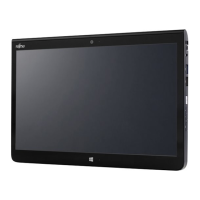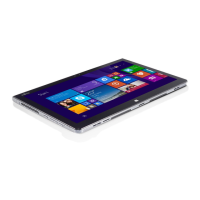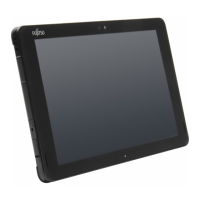Technical da ta
Typical operating distances** • 802.11a: 40 ft. (12 m ) @ 54 Mbps; 300 ft.
(91m)@6Mbps
• 802.11ac: 40 ft. (12 m) @ 54 Mbps; 300
ft.(91 m ) @ 6 Mbps
• 802.11b: 100 ft. (30 m) @ 11 Mbps; 300 ft.
(91m)@1Mbps
• 802.11g: 100 ft. (30 m) @ 54 Mbps; 300 ft.
(91m)@1Mbps
• 802.11n: Estimated double the operating
distance of 802.11g and 802.11a in their
respective frequencies
Number of channels
• 802.11a: 8 independent channels
• 802.11b/g: 11 channels, 3 non-overlapping
channels
• 802.11n: Channel bonding takes two of
the non-overlapping 20MHz channe ls and
combines it into one 40M Hz channel. It is
actually 12 non-overlapping channels w ith
channel bonding and 24 without. Also it is 1
non-overlapping channel in 2.4GHz w hen
channel bonding is used.
• 802.11ac: 5 independent chan nels
Security
Encryption types: compatible w ith WEP, TKIP,
AES***, WPA 1.0 and WPA 2.0
Encryption key, lengths supported: 64 bits and
128 bits
Maximum recommended number of computers
to be connected over wireless LAN (during ad
hoc connection)
10 units or less ****
* “W i-Fi based” indicates that the interconnectivity test of the organization w hich guarantees th e
interconnectivity of wireless LANs (Wi-Fi Alliance) was passed.
** The operating distances given above incre ase or decrease depending on factors such as the
number of walls, reflecting material o r interference by extern al RF sources.
*** Network key encryption (W EP) occurs with the number of bits given above, after deduction of
the fixed length of 24 bits the user may however also set 40 or 104 bits.
**** Depending on the particular practical application, the number of computers which can be
networked is reduced if necessary.
98 Fujitsu

